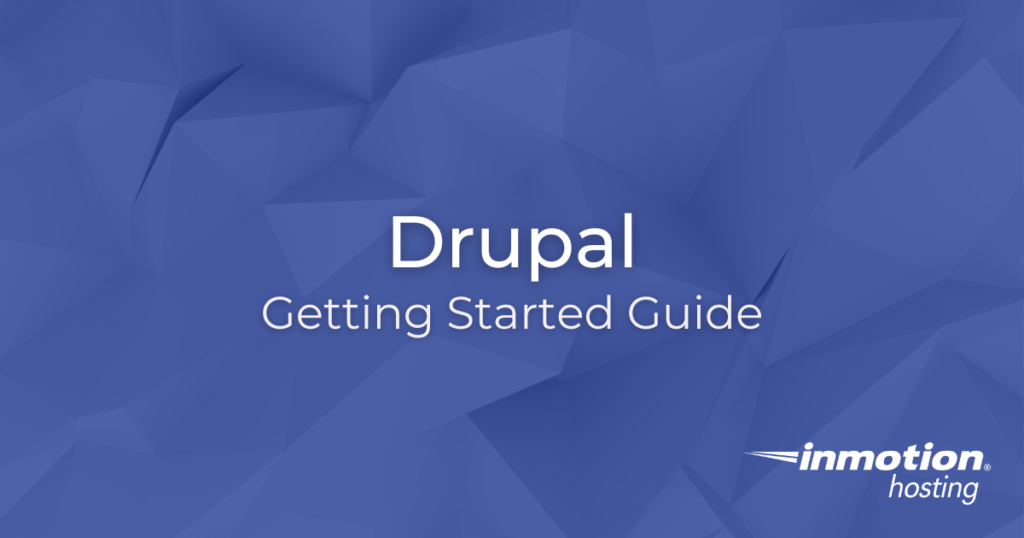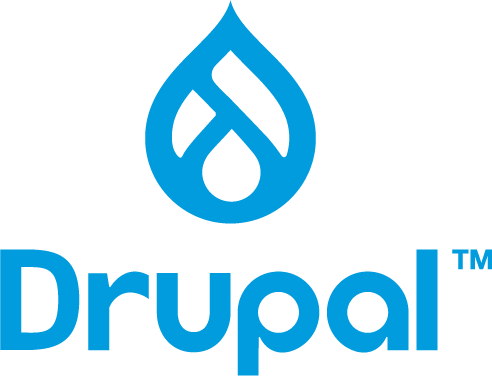HTTP Strict Transport Security (HSTS) protects against HTTP downgrade attacks by forcing browsers to only make secure connections with your domain. Adding NGINX HSTS is similar to and designed to work with SSL redirects. The HSTS header embeds the redirect code within the user’s web browser. The security HTTP header is supported by the most Read More >
Search Results for: HSTS
Add HSTS in Zenphoto
The HTTP Strict Transport Security (HSTS) HTTP header ensures web browsers always load your image gallery with HTTPS. After you force SSL usage, follow below to add HSTS in Zenphoto. Warning: Once enabled, HSTS disallows the user from overriding an invalid or self-signed certificate message. Your website will be inaccessible without a valid SSL. Add Read More >
Add HSTS in Drupal 8 with the Security Kit Module
Adding HSTS (HTTP Strict Transport Security) in Drupal 8 forces web browsers to only load your website with a valid SSL certificate. This improves Drupal security against downgrade attacks and similar man-in-the-middle (MITM) attacks. HSTS is similar to a HTTP to HTTPS redirect but within the browser. Below we’ll cover how to install the Security Read More >
Enable HSTS in Cloudflare for Stronger SSL Security
Whether you’re using shared or VPS hosting services to create a website, it’s important to have a SSL certificate for added security. But it is not enough to install a domain validated SSL. You need to ensure your web server only serves website requests with an encrypted connection. This is accomplished with a 301 redirect Read More >
Force HSTS using .htaccess
HSTS (HTTP Strict Transport Security) protects users from cookie hijacking and protocol downgrade attacks by forcing browsers to request HTTPS pages from your domain. HSTS is similar to a 301 redirect from HTTP to HTTPS but at the browser level. There may be a specific HSTS configuration appropriate for your website. The following are less Read More >
The Ultimate Guide to Optimizing WordPress Performance
In our Ultimate Guide to High Performance WordPress for High Traffic Sites, we will show you how to identify and fix common performance issues with WordPress and the server it’s hosted on. Our guide combines over 20 years of experience of fine-tuning servers, CDNs, and website code to deliver high performance WordPress sites. If you’re Read More >
Cloud Server Security – Best Practices
Cloud server setup can vary greatly since you are free to utilize any combination of software and applications to fit your needs. Opting for a cloud server versus a cPanel-managed VPS means greater control over your Linux operating system (OS) and environment. But, this also means that it’s your responsibility to implement measures to help Read More >
How to Install Drupal in Control Web Panel
Drupal is a popular content management system (CMS) for security conscious professionals who want to develop highly customized backend solutions and integrations. InMotion Hosting is a trusted Drupal host and contributor, with years of experience supporting Drupal users globally. Below we’ll cover how to install Drupal in Control Web Panel (CWP), formerly known as CentOS Read More >
10 Magento Security Tips
It is important to stay on top of Magento security practices to protect your website and customer data against cyber intrusions. Below we’ll cover some tips for hardening your Magento website hosting and web server. Initial Setup The following tips should be done during the Magento installation. However, there are still ways to implement them Read More >

Drupal Education Channel

Welcome to our Drupal Education Channel, your go-to resource for mastering the art of Drupal web development. Whether you’re a beginner looking to build your first website or an experienced developer seeking to enhance your Drupal skills, you’ve come to the right place. Our comprehensive tutorials cover everything from Drupal installation and configuration to advanced theming, module development, and site optimization. With step-by-step guides, practical tips, and real-world examples, we’ll help you unlock the full potential of Drupal, a powerful and flexible content management system (CMS) that’s trusted by organizations worldwide. Dive in, and let’s embark on a journey to harness the full potential of Drupal for your web projects.
Ignite your online presence with cutting-edge Drupal Website Hosting. Elevate speed, security, and reliability for a seamless website experience.
Getting Started with Drupal
Here’s a short list of tasks you’ll need to know when building a new Drupal site.
Basic Tasks
After getting your website set up, these articles can guide you through adding important features to your site.
Advanced Tasks
These guides cover topics that businesses may need to understand for better marketing and regulation compliance.
Search Engine Optimization
Check out these recommended Drupal modules for improving SEO and website performance.
Security and Privacy
These are recommended features to improve your website security and support for user privacy.
Other Drupal Tutorials
- Managing Users in Drupal
- Managing Existing Sites Using Composer
- How to Install Composer for Drupal
- Understanding Composer for Drupal
- Responsive Favicons Drupal Module
- Configuring the Drupal Webform Module
- How to Manually Install Drupal on a Server
- Updating Drupal Using Softaculous
- How to Install Drupal Using Softaculous
- Drupal Security.txt File
- Civic Accessibility Toolbar Drupal Module
- Kanban Project Management with Drupal Burndown Module
- Drupal Mixpanel Integration Methods
- How to Configure the Drupal Redirect Module
- Drupal CKEditor Content Accessibility Auditor
- How to Create an Ads.Txt File in Drupal
- How to Configure the Social Media Links Block and Field Drupal Module
- How to Configure the AddToAny Drupal Module
- How to Configure the Real-time SEO for Drupal Module
- How to Contact Drupal Developers
Force HTTPS on Joomla 4
One of the first things you should do when you install a new website is install an SSL certificate, free or paid, to encrypt traffic. Then, you must force HTTPS on Joomla 4 traffic. Neither are difficult tasks to complete and both instantly secure Joomla for you and your visitors. cPanel server hosting includes AutoSSL, Read More >
Joomla 4 Security HTTP Headers
Learning how to secure Joomla 4 is easier than ever before. With the pre-installed HTTP Headers Joomla plugin, you can add up to ten security HTTP headers to protect your data against next-generation cyber attacks. How to Secure Joomla 4 with HTTP Headers Log into your Joomla 4 administrator dashboard (e.g. https://example.com/administrator). Select System from Read More >
Improve ownCloud Server Security
How secure is ownCloud? As with most stable software, the answer depends on how well you protect your instance against ownCloud security issues. There are many ownCloud vulnerabilities listed in the National Vulnerability Database (NVD). Fortunately, there are many countermeasures you can implement to protect your ownCloud server from these and server level cyber intrusions. Read More >
Improve SEO with the Metatag Drupal Module
Drupal Metatag provides many advanced features to negate the need for search engine optimization (SEO) modules that only add one or two features. This is great because Drupal SEO should always be a high priority for branding and marketing efforts. However, you don’t want to compromise website security and performance to reach more potential customers. Read More >
How to Install the Really Simple SSL WordPress Plugin
In this guide we’ll show you how to install the Really Simple SSL WordPress plugin. It’s often easier to use such a plugin to force a large, existing WordPress site to use a free or paid SSL certificate (HTTPS) than attempting an .htaccess redirect and manually fixing mixed content errors (not to be confused with Read More >
HTTP Headers WordPress Plugin for Better Security
The HTTP Headers WordPress plugin allows WordPress Hosting administrators to create and manage HTTP headers to improve security, privacy, and performance for visitors without needing to manually edit the .htaccess file. This is useful for: In this article, we’ll discuss the most popular HTTP security headers available within the HTTP Headers WordPress plugin that can Read More >
AutoSSL with Cloudflare
The Cloudflare content delivery network (CDN) service works well when you need a faster website and your web hosting plan doesn’t include an SSL certificate. In this case, you’d likely be using Cloudflare’s Flexible SSL/TLS encryption mode. This means only traffic between your viewers and Cloudflare is encrypted, not between Cloudflare and your origin web Read More >
How to Add Referrer-Policy and X-Frame-Options in Zenphoto
After installing the Zenphoto image gallery content management system (CMS), available in Softaculous, there are multiple ways to easily improve website security: Force HTTPS (SSL certificate) Enforce minimum password strength Data privacy settings for GDPR and CCPA compliance But as stated in our Web Hosting New Year’s Resolutions for 2020 blog earlier this year, there Read More >
How to Install Let’s Encrypt SSL on Ubuntu with Certbot
Let’s Encrypt provides free SSL certificates for your websites to use secure connections. Certbot is free open source software that allows you to easily create Let’s Encrypt SSLs on your unmanaged Linux server. Log into SSH as root to begin. Install Certbot in Ubuntu 20.04 Instead of the older python-certbot-apache package, Certbot now recommends using Read More >
Add Feature-Policy in Drupal 8 with the Security Kit Module
The Feature-Policy HTTP header specifies what browser features can be used on a website and its <iframe> elements. The most common browser features among a long list are autoplay (for videos), camera, fullscreen, and microphone. Below we’ll cover how to install the Security Kit module in Drupal 8 and enable Feature Policy. Get high performance Read More >

